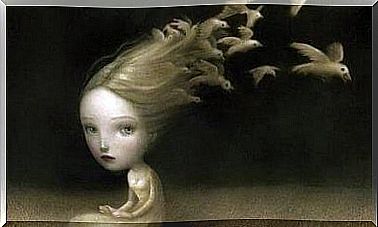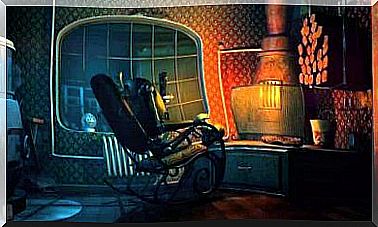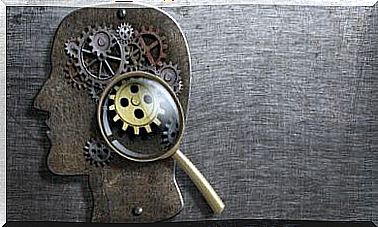The Venus Effect: What Is It?
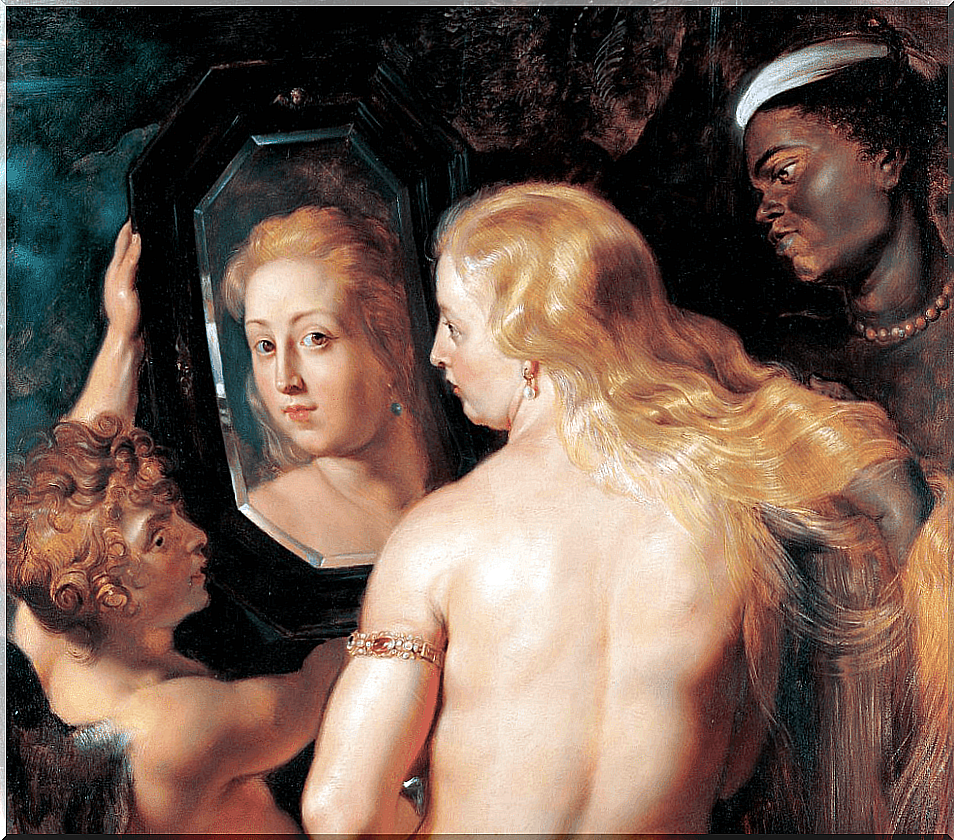
If you’ve ever wondered why so many artists use mirrors in their paintings, know that this is no coincidence. Artists like to use optical effects for design in their works. In doing so, they try to stimulate the viewer’s senses, make them think and be amazed, and immerse them in their works. One of these techniques is called the Venus Effect.
It is a technical aid that does not just want to create a certain impression, but is part of the psychology of perception. This gives artists the opportunity to manipulate the viewer of their works in order to create a false perception.
The image reflected in the mirror is not always what it appears to be or what we expect. Learn more about the Venus Effect today.
What do we see in a mirror?
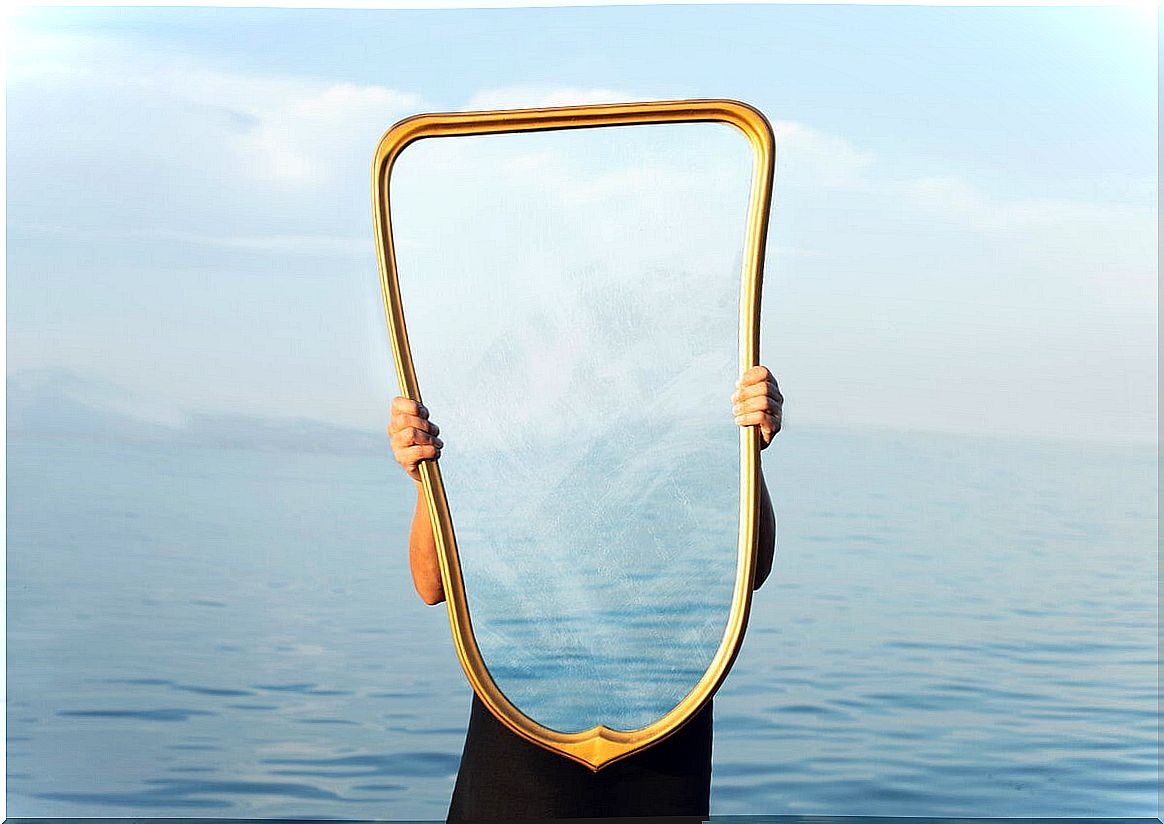
A mirror is a very special object, inspiring and mysterious. Every day we see ourselves and our surroundings in it. The reflected reflection is puzzling and stimulates the imagination, even if it is an everyday object.
Ultimately, our understanding of its physics and how it works is usually poor, or at least so is claimed in a study published in the European Journal of Cognitive Psychology entitled “The tendency to overestimate what is visible in a planar mirror amongst adults and children”. It deals with the tendency in adults and children to overestimate what is visible in a planar mirror.
We seem to anticipate our reflection even before we stand in front of the mirror. This means that we can stand at a certain angle to the mirror (not in front of it) and expect to see our reflection. We develop hypotheses and perceptions about what we see and don’t see.
The study mentioned shows that this error has been known for a very long time. Rather than understanding the importance of the angle of view, we tend to believe that the mirror can only reflect the part of the room that is the width of the mirror. A somewhat ambiguous term that refers to the size of what a mirror projects.
There are several studies on this phenomenon. One of them was published in the NIH (National Library of Medicine) and said that artists intentionally manipulate images to create the same impression we get when we look in the mirror.
Some researchers point out that the head of Venus, which we see in various paintings, is too large in relation to the face in the mirror. This would be impossible if the observer were standing relatively close in front of her. Venus should be at least half the size of the mirror.
The Venus Effect: Who is Venus Observing?
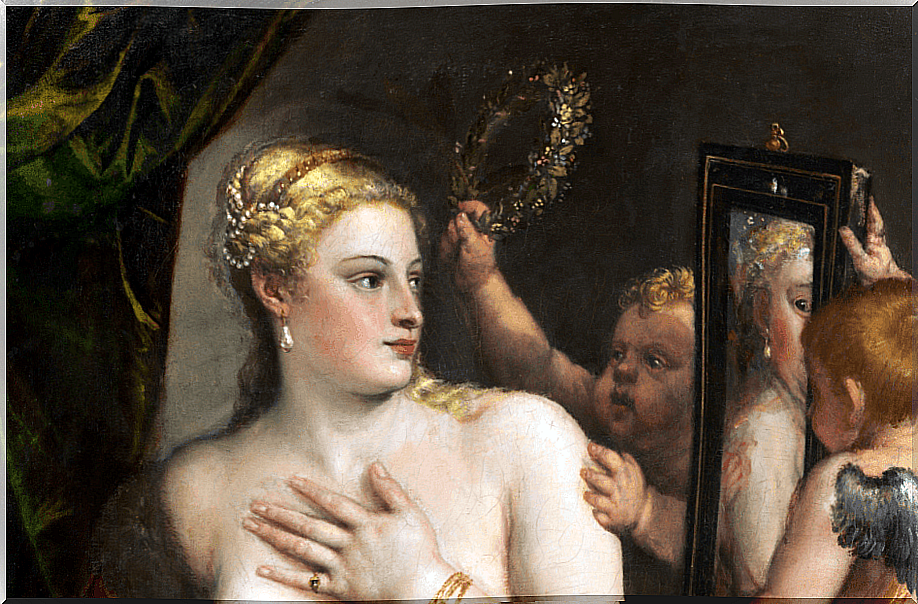
The Venus Effect is a visual representation of a mirror pointed at the viewer rather than the protagonist of the painting. This strange effect was used by artists such as Velázquez and Tizian in their paintings Venus in front of the mirror and by Veronese in his work Venus with the mirror .
Our understanding of the mirror images in paintings is wrong. Ultimately, the Venus Effect refers to the egocentrism of the assumption that the painted figure sees the same thing in the mirror as the viewer himself.
Most of the people standing in front of the picture think that the painted Venus is looking at their own reflection. Some believe that they are viewed by Venus themselves. But both assumptions are wrong. In reality, Venus is looking at the painter’s reflection.
In the study mentioned, the scientists therefore come to the conclusion that the effect would have been less realistic if the artists had actually painted these pictures as they saw them.
Undoubtedly a surprising effect that is also used in other arts such as film and television. It not only creates false perceptions, but also emotions and makes the viewer think.
